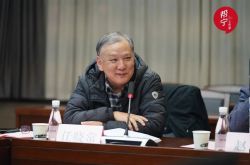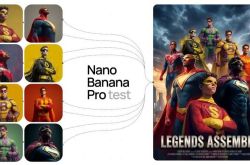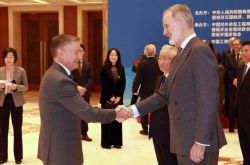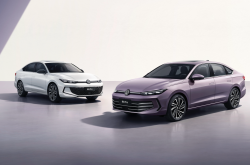Ren Xiaochang: Shaanxi Automobile Group Sets Its Sights on Being the Second Strongest and Vying for the Top Spot
![]() 11/26 2025
11/26 2025
![]() 409
409
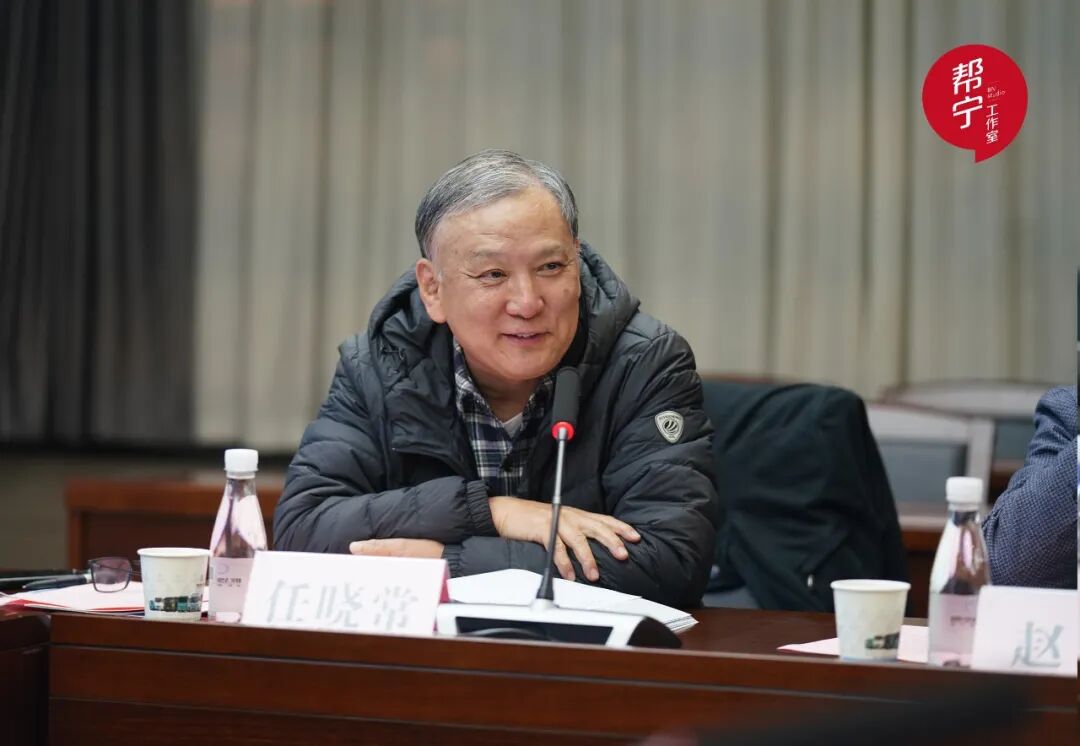
"Pursuing excellence and robustness holds greater significance than merely expanding in size." Author: Ren Xiaochang | Editor: Ge Bangning | Produced by: Bangning Studio (gbngzs)
From the perspective of my personal career growth, I've had multiple engagements with Shaanxi Automobile Group.
My first encounter with the group was centered around military vehicles.
After joining the Chongqing Institute (which was the Chongqing Heavy-duty Truck Research Institute and the predecessor of the China Automotive Engineering Research Institute), I took on the role of Deputy Director of the Design Department. We were entrusted with the task of designing the second-generation military vehicle, primarily utilizing Steyr components. The main design plan underwent a review process. Subsequently, the Sichuan Automobile Manufacturing Plant (the forerunner of Chongqing Heavy-duty Truck, SAIC Hongyan) decided to cease military vehicle production and focus on civilian products. In contrast, Shaanxi Automobile Group persevered with military vehicle production, and we transferred all prototype vehicles, related design materials, and drawings to them.
My second interaction involved the localization of Steyr technology.
When introducing Steyr technology, the Chongqing Institute assumed the role of the industry's technical hub. It was responsible for receiving, translating, and converting drawings, and then distributing them to enterprises under the Heavy-Duty Truck Industry Joint Venture Company. This included hundreds of vehicle and component enterprises gathered in Chongqing for the localization of drawing materials. We distributed the drawings, and all the enterprises embarked on production.
The third interaction pertained to the compilation of the Blue Book on Off-Road Vehicles.
At that time, Feng Chao (then Deputy Director of the Chongqing Institute) served as the Deputy Editor-in-Chief of the Blue Book, and I, as his young assistant, shouldered much of the workload. After the Blue Book was completed, verification work was carried out with the support of Shaanxi Automobile Group, and I was in charge of organizing it. Consequently, I stayed in the mountainous region for over a month.
These three interactions provided me with a profound understanding of Shaanxi Automobile Group. Moreover, Shaanxi Automobile Group was one of the major clients of the Chongqing Institute. At least before 2000, prior to our entry into the field of sedan testing and verification, it was a significant client. The Chongqing Institute's survival was partly attributable to the support of Shaanxi Automobile Group.
Shaanxi Automobile Group's journey to its current standing has not been an easy one. Several generations of individuals at Shaanxi Automobile Group have dedicated themselves to entrepreneurship, innovation, and development to achieve today's success. Ranking first in domestic military vehicle production and third in heavy-duty truck manufacturing, this position of Shaanxi Automobile Group has not come easily; it is the culmination of the hard work of multiple generations.
Conversely, the Sichuan Automobile Manufacturing Plant has experienced a turbulent fate. After issues emerged with Torch, Chongqing authorities requested its withdrawal and informed us to attend a meeting. As an independent director of Chongqing Heavy-Duty Truck Company, I was present. At that time, I proposed the possibility of a reverse acquisition, leveraging the crises of Delong and Torch to acquire their equity. This could potentially result in holding stakes in Heavy-Duty Truck, Weichai, Shaanxi Automobile Group, and even Fast Gear. However, leaders from the relevant Chongqing authorities stated that we should concentrate on our own affairs, emphasizing that it was a battle to safeguard state-owned assets.
After the Sichuan Automobile Manufacturing Plant withdrew from Torch, it entered a period of unstable development. Some time ago, SAIC Hongyan sought revitalization through debt restructuring and the introduction of strategic investors. Jinan Heavy-Duty Truck, Sichuan Automobile Manufacturing Plant, and Shaanxi Automobile Group can be regarded as the three pillars of the former Heavy-Duty Truck Group. Now, only the Sichuan Automobile Manufacturing Plant has lagged behind, while Jinan Heavy-Duty Truck and Shaanxi Automobile Group have achieved commendable development. By comparison, one can appreciate the challenges Shaanxi Automobile Group has faced to reach its current position.
My last visit to Shaanxi Automobile Group was in 2016. At that time, China General Technology Group (China General Technology (Group) Holding Co., Ltd.) secured a bid for a segment of the "Belt and Road" initiative, necessitating heavy-duty trucks to support its "going global" strategy. As a manufacturer of specialized vehicles under China General Technology Group, we primarily sourced chassis from Chongqing Hongyan. However, on that occasion, we purchased chassis from Shaanxi Automobile Group, leading to business interactions.
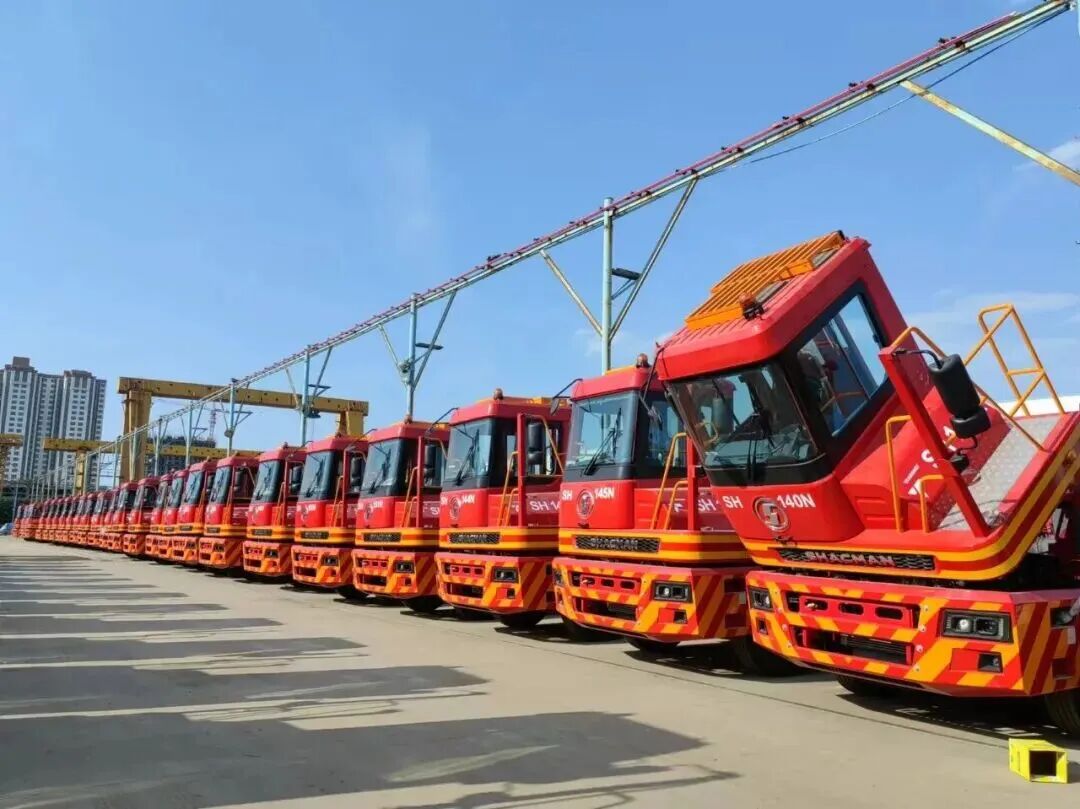
Regarding the development of Shaanxi Automobile Group, I'd like to share a few insights.
Firstly, as the third-largest entity in the heavy commercial vehicle industry, Shaanxi Automobile Group should aspire to become the second strongest and strive for the top spot.
Weichai, the primary engine supplier for Shaanxi Automobile Group, accounts for nearly 90% of its supply. On the other hand, there are also some property rights relationships between China National Heavy Duty Truck Group and Shaanxi Automobile Group. From the perspective of merely expanding in size, I believe it presents significant challenges. Therefore, I do not recommend that Shaanxi Automobile Group aim to be the largest but rather strive for excellence and robustness, which is a more realistic goal than simply expanding.
Competition necessitates differentiation. In terms of product structure, during my training at the Swedish Institute for Industrial Management, I interned at Scania. I visited its bus production plant twice and stayed for three days, almost touring every department. Scania's bus chassis constitutes a substantial portion of its products, and it supplies various bus chassis to global bus companies.
In Shaanxi Automobile Group's product lineup, this area may present an opportunity, and it boasts advantages in various aspects. Establishing a foothold in this field would represent differentiated competition - doing what others do not and supplying nationwide to bus manufacturers. After electrification, we can consider developing this business to form differentiated technologies and products.
Furthermore, in terms of striving for excellence and robustness, electrified chassis is an advantage for Shaanxi Automobile Group, especially in new energy, including hydrogen energy. This is an advantage that other companies do not possess.
We are aware that heavy-duty trucks from companies like Mercedes-Benz, Volvo, and Scania imported into China typically cost over a million yuan each, while domestic commercial vehicles of the same type sell for only thirty to forty thousand yuan. In the past, we have regarded commercial vehicles as tools and competed based on cost-effectiveness. The next step should consider profitability. High quality and high price, improving quality and efficiency, should be the focus for Shaanxi Automobile Group during the "15th Five-Year Plan" period.
Secondly, target both domestic and international markets.
Objectively speaking, in many aspects, Shaanxi Automobile Group is currently competing with the top benchmark.
According to relevant reports, in the first nine months of this year, China National Heavy Duty Truck Group exported 111,000 vehicles, with 15,000 vehicles exported in September alone, which is a remarkable achievement. It is anticipated that China National Heavy Duty Truck Group's annual exports will approach 140,000 vehicles, with exports accounting for about 40% of total production.
In the international market, Shaanxi Automobile Group still has significant room for improvement. Shaanxi Automobile Group has some ideas, such as having vehicles accompany many Chinese projects laid out through the "Belt and Road" initiative. There is also immense potential for new energy and intelligent heavy-duty trucks to "go global."
Thirdly, adhere to a multi-energy development strategy.
Just now, Comrade Li Wanli mentioned that we should never abandon the internal combustion engine. My assessment is that for a considerable period, the internal combustion engine will remain the primary power source for heavy-duty trucks, especially military vehicles, and will not be easily supplanted by electrification. Therefore, we must adhere to a multi-energy development strategy.
By a considerable period, I mean not just three to five years but an even longer timeframe. The electrification of commercial vehicles differs from that of passenger cars. Electrification of passenger cars is relatively easier to achieve, considering both cost and usage environment conditions. It should also be noted that foreign companies have not abandoned the internal combustion engine either; they are developing low-carbon or zero-carbon fuel internal combustion engines, which requires Shaanxi Automobile Group's attention.
Fourthly, steadily promote the electrification, intelligence, and connectivity of whole vehicles.
Ten years ago, I visited the Tianxingjian telematics system and was deeply impressed. Today, revisiting, I found that the application of products has significantly enriched. However, what I want to emphasize is that electrification and intelligence, especially intelligence, entail substantial financial investment. Independently completing the development and application of an entire system from intelligent cockpits to intelligent driving is challenging for a company of Shaanxi Automobile Group's scale to support.
I suggest proceeding with caution and stability, knowing when to halt. Pursue developments based on demand and do so through collaboration and cooperation rather than relying solely on self-investment. Ensuring the company maintains good profitability is its lifeblood. The company must prioritize profit; without profit, there is nothing.
Fifthly, transform the development model and integrate into the capital market.
Comrade Zuo Ya'an (former Chairman of Jianghuai Automobile Group) provided excellent suggestions, which I strongly endorse.
Shaanxi Automobile Group has two start-up companies under cultivation and can also consider asset securitization for the main entity. The next step in transformation and development will be sluggish if relying solely on internal accumulation and gradual development, especially for electrification, intelligence, and hydrogen energy, all of which require substantial investment.
An alternative approach is to raise funds through capital market operations and acquire resources and elements for transformation and development through mergers and acquisitions, enabling the company to grow faster and better.
(The author is the former Chairman of China Automotive Engineering Research Institute. This article is based on his speech at the exchange symposium held by the China Automotive Consultative Committee at Shaanxi Automobile Group on November 17, 2025, and was organized by Bangning Studio according to the recording.)




